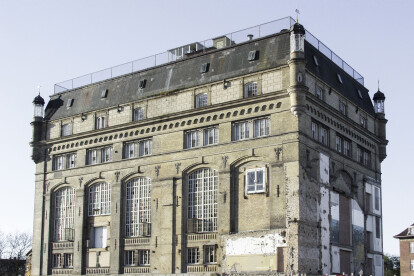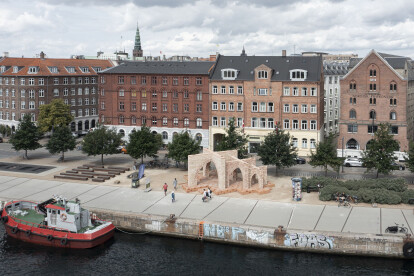Danish architecture
An overview of projects, products and exclusive articles about danish architecture
Project • By Vilhelm Lauritzen Architects • Offices
Tuborg Brewery
Project • By Vilhelm Lauritzen Architects • Airports
Terminal 3 Expansion - Copenhagen Airport
Project • By Vilhelm Lauritzen Architects • Airports
Terminal 3 - Copenhagen Airport
Project • By Vilhelm Lauritzen Architects • Laboratories
Chr. Hansen Innovation Campus
Project • By Vilhelm Lauritzen Architects • Airports
Terminal 2 - Copenhagen Airport
Project • By Vilhelm Lauritzen Architects • Housing
Kronløb Island
Project • By Vilhelm Lauritzen Architects • Housing
Frikvarteret
Project • By Vilhelm Lauritzen Architects • Housing
Søgården 'From 4 to 1 planet'
Project • By Vilhelm Lauritzen Architects • Offices
Shell House
Project • By Vilhelm Lauritzen Architects • Shopping Centres
Illum Deparment Store
Project • By Vilhelm Lauritzen Architects • Offices
Warehouse 48
Project • By Vilhelm Lauritzen Architects • Airports
Copenhagen Airport, Pier E
Project • By Vilhelm Lauritzen Architects • Car Parks
The Timber House
News • News • 5 Oct 2023
“Bricks in Common” pavilion questions the relevance and place of brick in a sustainable future
Project • By Vilhelm Lauritzen Architects • Offices






































































